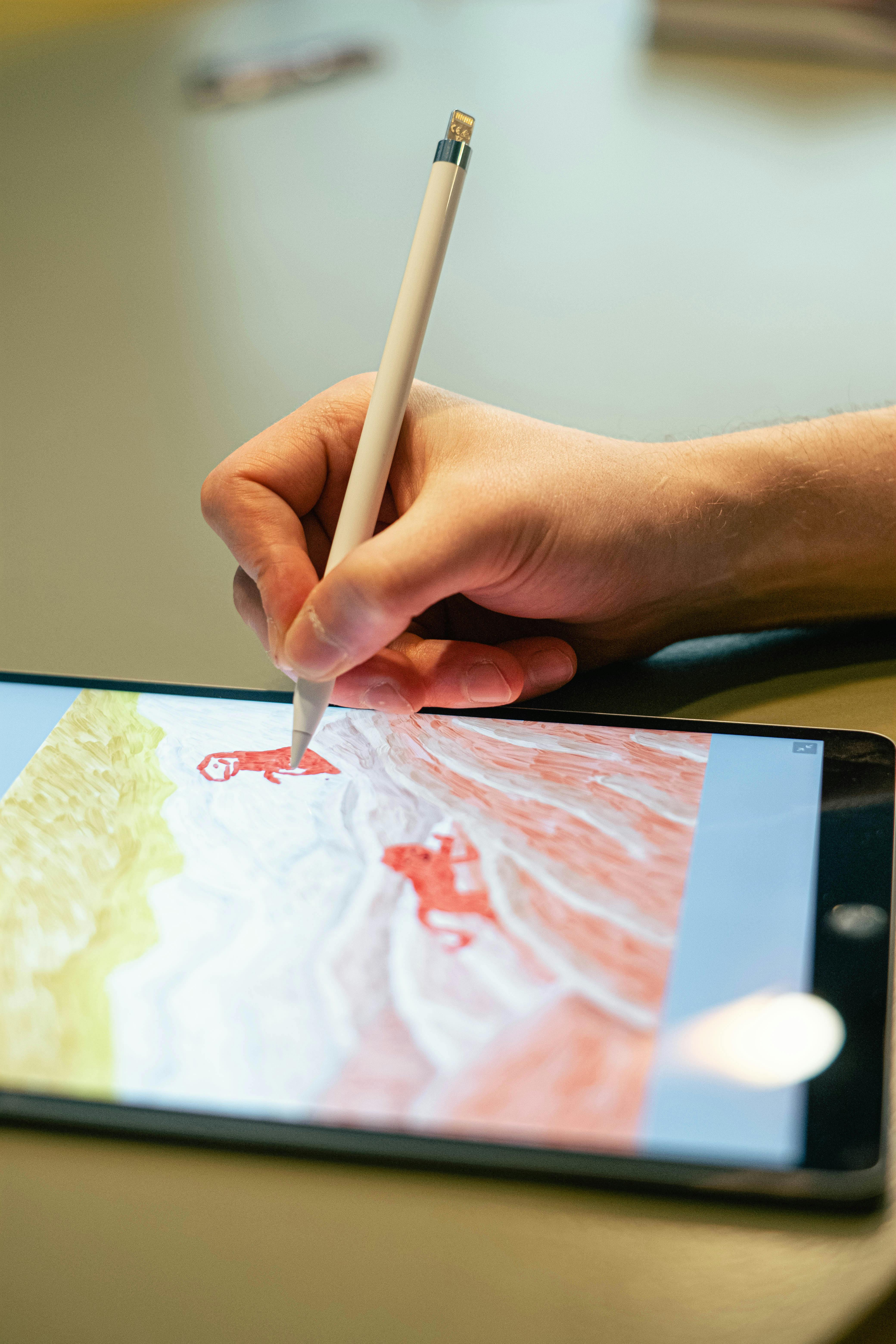Diving into Digital Art: A New Vanguard in the Entertainment Industry
Teaser: Unveiling the dynamic landscape of digital art, this article delves into its innovative origins, current trends, and the transformative impact it has had on the arts and entertainment industry. In the grand scheme of human creativity, digital art is a relatively new player. Pioneered in the 1960s and 1970s, the birth of digital art coincided with the rise of computer technology. Early digital artists began to experiment with the potential of this new medium, manipulating pixels to create abstract and realistic visual compositions. These pioneers laid the groundwork for a revolution in creative expression, one that would fundamentally transform the arts and entertainment industry.

The Current Wave of Digital Creativity
Fast forward to the present day, and digital art is thriving across a multitude of platforms. From stunning visuals in video games and movies to captivating social media content and virtual reality experiences, the reach of digital art is expansive. The recent surge in popularity of Non-Fungible Tokens (NFTs) has further catapulted digital art into mainstream consciousness. These unique, blockchain-based digital assets have empowered artists to sell their work directly to collectors, bypassing traditional galleries and opening up fresh avenues for monetization.
The Impact of Digital Art on the Entertainment Industry
The influence of digital art extends beyond the world of fine art and into the broader entertainment realm. It has revolutionized film and television production, with CGI (Computer-Generated Imagery) transforming the way stories are told on screen. In the music industry, digital art is used to create album covers, music videos, and immersive concert visuals. Moreover, video game development heavily relies on digital art, with intricate designs and lifelike characters elevating the gaming experience to new heights.
Significance and Reception of Digital Art
Despite initial skepticism from traditional art circles, digital art has carved out a significant niche for itself. A medium that was once dismissed as lacking authenticity is now celebrated for its ability to push boundaries and redefine artistic norms. This acceptance is reflected in the astronomical prices fetched by digital artworks at auction. The sale of digital artist Beeple’s piece, “Everydays: The First 5000 Days,” for a staggering $69 million at Christie’s auction house was a landmark moment signaling the arrival of digital art in the mainstream art market.
Looking Ahead: The Future of Digital Art
The future of digital art seems bright and boundless. As technology continues to evolve at a rapid pace, the creative potential of this medium will continue to expand. Advances in virtual and augmented reality promise to push the boundaries of immersive art experiences, blurring the lines between the virtual and physical worlds. Furthermore, the democratization of digital art tools and platforms is empowering a new generation of artists to experiment and innovate, ensuring that this vibrant medium continues to captivate audiences worldwide.
In conclusion, digital art represents a dynamic shift in the artistic landscape. Its innovative origins, current trends, and transformative impact on the arts and entertainment industry narrate a story of creativity unhindered by traditional boundaries. As we continue to embrace the digital age, this medium will undoubtedly continue to shape and define our cultural narrative.




